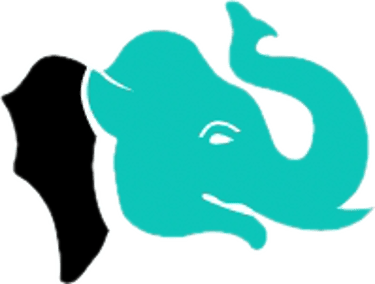Daily Current Affairs | March 19 2025 |
Important Topics from Current Affairs : 1) Kamba Ramayana 2) White Hydrogen in France 3) Hmar & Zomi Tribes of Manipur 4) Threat to Wular Lake 5) Sansad Bhashini Initiative
Jumbo IAS
3/19/20255 min read
1) Kamba Ramayana
The culture ministry is set to embark on a comprehensive initiative to preserve and promote the 'Kamba Ramayana', one of the most significant works in Tamil literature.
It has planned a week-long immersive festival to be held at KambarMedu, the birthplace of Kambar in Theraazhundur.
This festival will feature continuous recitals of the 'Kamba Ramayana', dance dramas, and scholarly discussions on the cultural and literary significance of the epic.
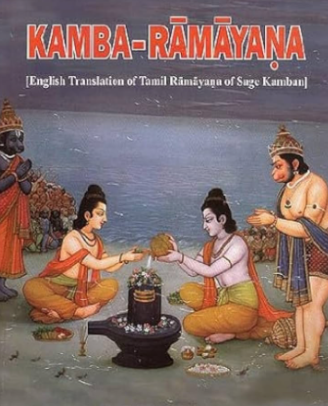

About Kamba Ramayana
Kamba Ramayana, also known as Ramavataram, is a Tamil epic based on the Sanskrit Valmiki Ramayana, written in 12th century in Classical Tamil.
Divided into 6 Kandams (chapters), 113 Padalams (sections), and around 10,569 verses.
Composed by Tamil poet Kambar who was patronised by Thiruvennai Nallur Sadayappa Vallal.
It uses Tamil folk elements within the larger story and was recited in Tamil Temples.
About Kambar
Kambar was a renowned Tamil poet who lived and flourished in the Chola Empire during the reign of Kulothunga III.
He received royal recognition and was bestowed the title Kavi Chakravarthy (Emperor of Poets).
He was born in Therazhundur, located in the present-day Mayiladuthurai district, Tamil Nadu, and his lifetime can be dated between 1180 CE and 1250 CE.
Other Works :
Tirukkai Valakkam – Ethical and moral verses.
Erelupatu and Silai Elupatu – Spiritual compositions.
Kangai Puranam – Temple-based mythological narrative.
Sadagopar Antati and Saraswati Antati – Devotional compositions.
2) White Hydrogen in France
France has discovered a massive 46-million-ton white hydrogen reserve in the Moselle region, valued at $92 trillion.
Unlike grey and green hydrogen, white hydrogen requires no industrial production and emits no CO₂, making it a game-changer for clean energy.
White Hydrogen - A naturally occurring form of hydrogen found in the Earth's crust, generated through geochemical processes.
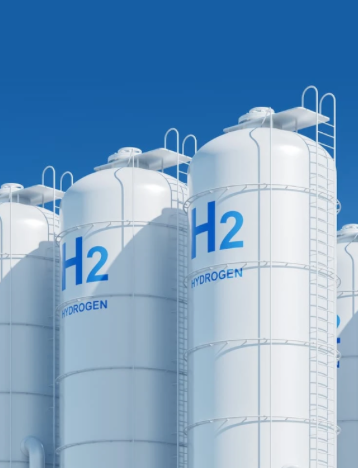

About White Hydrogen
Formation - The formation of white hydrogen involves interactions between water and iron-rich minerals, like olivine, at high temperatures and pressures, releasing hydrogen gas.
Because it's naturally occurring, it doesn't require energy-intensive production methods, making it cleaner energy source as compared to other hydrogen sources.
Found in - France, Australia, Eastern Europe, Oman, Spain, the US, and Mali.
Advantages & Challenges
Advantages :
Low Carbon Intensity: White hydrogen can have a low carbon intensity, meaning minimal greenhouse gas emissions
Potential for Abundance: Some studies suggest that significant quantities of natural hydrogen may exist beneath the Earth's surface, potentially meeting humanity's demand for hydrogen for thousands of years.
Compatible with Existing Infrastructure: White hydrogen could be compatible with existing hydrogen infrastructure.
Challenges :
The reactive nature of Hydrogen makes it difficult to detect and extract.
The commercial scalability of white hydrogen extraction and utilisation is still under investigation.
Advantages & Challenges
Clean Burning : Hydrogen combustion produces only water vapour, significantly reducing greenhouse gas emissions and air pollution.
High Energy Density : Hydrogen has a high energy content per unit mass, meaning it can store a lot of energy in a relatively small volume.
Energy Storage : Hydrogen can be used for long-term energy storage in fuel cells, providing a way to store excess energy from renewable sources and use it later.
Energy Security : Hydrogen can help diversify energy sources and reduce reliance on fossil fuels, improving energy security.
Sustainable Energy : Hydrogen can be produced using renewable energy sources, making it a key component of a sustainable energy future.
3) Hmar and Zomi Tribes of Manipur
A day after the imposition of restrictions following clashes between the Hmar and Zomi people in Manipur, leaders of the two communities agreed to work together to restore peace in Churachandpur district of the State.
The Hmar and Zomi people are considered to be constituents of Kuki-Zo group of ethnic communities, in conflict with non-tribal Meitis since May 2023.


About Hmars
It is one of the Scheduled Tribes under the 6th Schedule of the Indian Constitution that belongs to Chin-Kuki-Mizo ethnic group.
Found in Manipur, Mizoram, Assam (North Cachar Hills), Tripura, Meghalaya, and parts of the Chittagong Hill Tracts.
Occupation - Slash & Burn Agriculture(Jhum).
Their language belongs to Tibet-Burman family of languages.
Major Festival - Sikpui Ruoi(post-harvest festival).
About Zomi
It is one of the Scheduled Tribes under the 6th Schedule of the Indian Constitution that belongs to Chin-Kuki-Mizo ethnic group.
The term “Zomi” means Zo people. They are are part of the larger Zo ethnic group, which includes Mizo, Kuki, and Chin communities.
The British-imposed name “Chin” is considered derogatory; Zomi prefer self-identification as Zo.
Found in Manipur, Mizoram, Nagaland, Assam, and extending into Burma (Chin State, Sagaing division) and Bangladesh (Chittagong Hills).
Speak Tibet-Burman family of languages and practice ‘slash & burn (jhum) cultivation.
Major Festival - Chapchar Kut (celebrated after jhum clearing)
4) Threat of Wular Lake
In a recent phenomenon, Kashmir has been frequently threatened by floods at very short intervals of dry spells.
Multiple studies during the past decade have shown that Wular Lake, formed by the meandering of the Jhelum, pushed back the flood waters in the river in September 2014 due to capacity shrinkage.
This increased the intensity of 2014 floods in Kashmir.

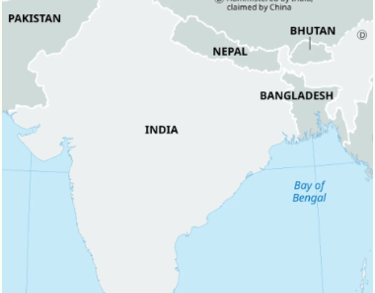
About Wular Lake
Wular is India’s largest freshwater lake formed naturally by Jhelum River, located about 50 kms northwest of Srinagar city in Bandipore district.
It's a vital part of the Kashmir Valley's environment, acting as a natural reservoir and supporting flood management.
It is an important habitat for migratory waterbirds within the Central Asian Flyway and supports rich biodiversity.
The lake was declared a Ramsar Site way back in 1990.
What is the Threat ?
The lake has shrunk during the last 100 years, with open water surface shrinking from 89.59 sq km in 1911 to 15.73 sq km in 2013.
The depletion and degradation of Wular has adversely impacted the efficacy of the lake in retaining flood waters during peak discharge.
Reason - Siltation from the Jhelum’s catchment. The flood of 2014 deposited huge quantities of silt from the entire Kashmir valley in Jhelum and Wular.
Govt Steps to Preserve Wular Lake :
By Centre - National Plan for Conservation of Aquatic Eco-systems (NPCA) on a cost-sharing basis between centre & states.
By State Govt - The J&K government established a special-purpose vehicle — the Wular Conservation and Management Authority (WUCMA) — in 2013 specially devoted to the lake.
5) Sansad Bhashini Initiative
In a major step toward modernising parliamentary processes, the Lok Sabha Secretariat and the Ministry of Electronics and Information Technology (MeitY) signed a Memorandum of Understanding (MoU) to develop the Sansad Bhashini initiative.
This ambitious project aims to leverage cutting-edge artificial intelligence (AI) to enhance multilingual support, streamline parliamentary operations, and improve access to vast archives of parliamentary debates and records.
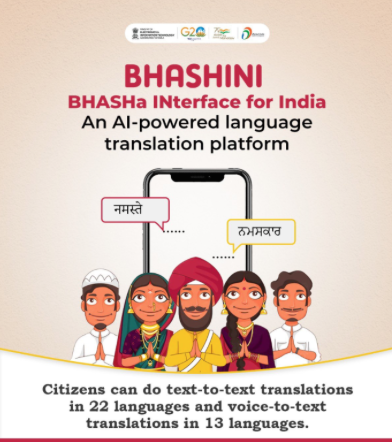

Key Features
AI-powered real-time translation.
Speech-to-text conversion system.
Automatic summarisation of Parliamentary discussions.
AI-powered chatbot for assistance to MPs & officials.
Integration with MeitY’s AI language translation Bhashini platform.
Ensures content accessibility across India’s diverse languages
